Palm Oil: Health Benefits, Potential Side Effects, and Everything You Need to Know
Summary :
Palm oil—buzzword or backbone of the food industry? Whether you’re scanning labels or searching for health-conscious solutions, understanding palm oil is key. This guide explores palm oil’s nutritional value, health benefits, potential downsides, and how to use it safely.
What is Palm Oil?
Palm oil is one of the most commonly used vegetable oils globally, derived from the fruit of the oil palm tree (Elaeis guineensis). Native to West Africa, it is now cultivated extensively across the tropics, particularly in countries like Malaysia and Indonesia, which together account for nearly 85% of global production.
This oil is found not only in food but also in a variety of household and industrial products, ranging from cosmetics to biodiesel. Palm oil is prized for its versatility—it enhances texture, extends shelf life, and remains stable even at high temperatures.
But this widespread use often comes with a dilemma. Concerns about the environmental and ethical implications of palm oil production, such as deforestation and habitat destruction, have spurred debates among eco-conscious consumers and producers alike.
Nutritional Composition of Palm Oil
Before exploring its health benefits, let’s break down palm oil’s nutritional profile.
Calories
- 120 calories per tablespoon (about 14 grams)
Fat Content:
- Saturated Fat: ~50% of the total fat
- Monounsaturated Fat (Oleic Acid): ~40%
- Polyunsaturated Fat (Linoleic Acid): ~10%
Vitamins:
- Rich in Vitamin E (notably tocotrienols, a powerful antioxidant)
- Contains beta-carotene, a precursor to Vitamin A
Palm oil offers a mix of saturated and unsaturated fats, providing stability for cooking while delivering some key nutrients.
Red Palm Oil vs. Refined Palm Oil
Red palm oil retains its natural red color due to its high beta-carotene content. It is minimally processed and potentially more nutrient-dense.
Refined palm oil undergoes processing to remove impurities, making it neutral in taste and more versatile but with reduced nutrient levels.
Health Benefits of Palm Oil
Palm oil isn’t just a kitchen staple—it has potential health benefits, when used mindfully and in moderation.
1. Rich in Heart-Healthy Nutrients
Tocotrienols found in palm oil are a form of Vitamin E with potent antioxidant properties. Research suggests that tocotrienols may help reduce oxidative stress in the body, which is linked to cardiovascular health. Some studies also posit that tocotrienols can support brain function and may help in preventing neurodegenerative diseases.
2. Boosts Vitamin A Levels
Red palm oil is an excellent source of beta-carotene, a major contributor to Vitamin A production in the body. For individuals in regions with Vitamin A deficiencies, fortifying diets with palm oil has proven to combat related health issues.
3. Energy-Dense Cooking Oil
With its balanced fat composition, palm oil provides the energy needed for physical activity and sustenance. Its stability at high temperatures makes it ideal for frying and cooking without breaking down into harmful compounds.
Potential Side Effects of Palm Oil
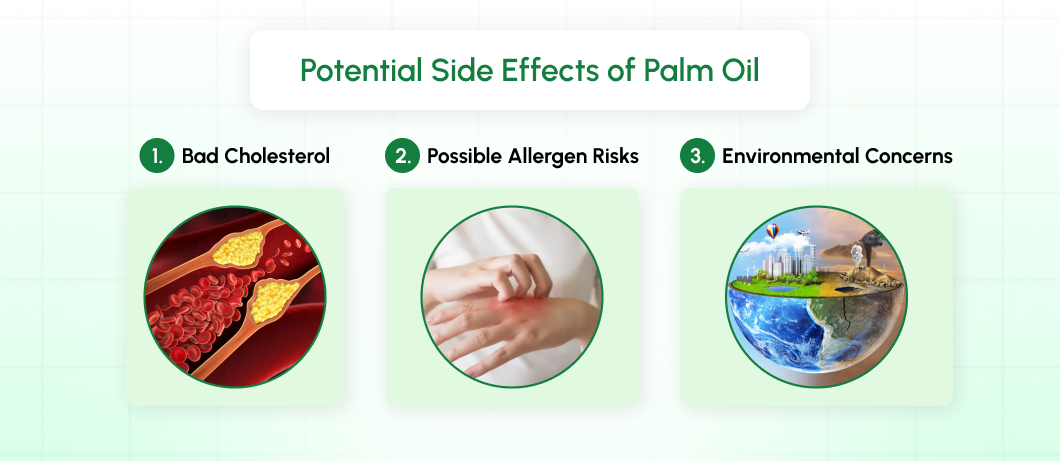
Like any ingredient, palm oil comes with considerations for responsible use.
1. Bad Cholesterol
While palm oil’s saturated fat helps stabilize its structure, consuming excessive amounts of saturated fats may raise LDL (“bad”) cholesterol levels. Overconsumption can negatively impact heart health.
2. Possible Allergen Risks
Although rare, allergic responses to palm oil can occur. Symptoms may include skin irritation or gastrointestinal discomfort in sensitive individuals.
3. Environmental Concerns
Beyond health, palm oil’s environmental impact is worth discussing. Unsustainable farming practices have led to issues like deforestation and biodiversity loss in palm oil-producing regions. For this reason, choosing sustainably sourced palm oil certified by organizations like RSPO (Roundtable on Sustainable Palm Oil) is essential.
Food Items with Palm Oil
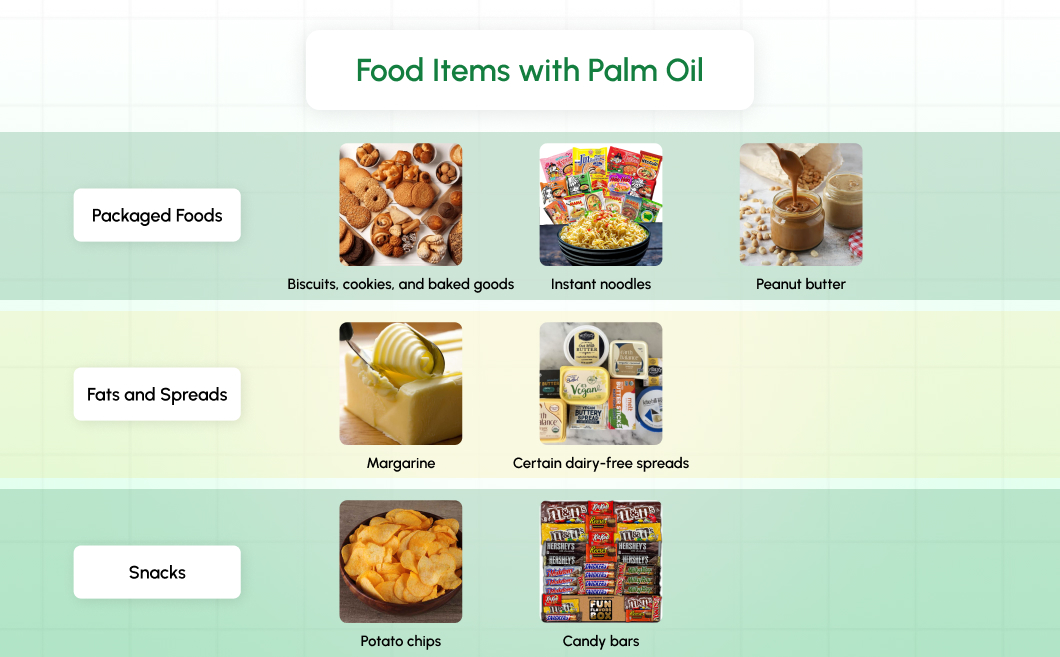
Palm oil hides in plain sight across countless everyday products. Here are some common culprits:
Packaged Foods:
- Biscuits, cookies, and baked goods
- Instant noodles
- Peanut butter
Fats and Spreads:
- Margarine
- Certain dairy-free spreads
Snacks:
- Potato chips
- Candy bars
Non-Food Items:
- Toothpaste, shampoo, and cosmetics
Want to avoid or prioritize palm oil products based on their sustainability? Use FactsScan to effortlessly analyze food labels and identify the presence of palm oil in your purchases.
What the Research Says
Scientific studies provide a balanced viewpoint on this versatile oil:
A 2015 study in the Journal of Nutrition highlights palm oil’s potential as a dietary Vitamin A source in regions experiencing deficiencies.
On the flip side, research in the American Journal of Clinical Nutrition cautions that excessive consumption of saturated fats, including those from palm oil, may elevate heart disease risk.
What’s clear is that moderation and balance are key when incorporating palm oil into your diet.
How to Use Palm Oil Safely
Using palm oil responsibly starts with mindful consumption and sourcing. Here’s how to make smarter choices:
1. Opt for Sustainable Options – Look for products certified by RSPO to ensure minimal environmental and ethical concerns.
2. Go for Red Palm Oil – If available, choose unrefined red palm oil for a nutrient boost.
3. Moderation is Key – Incorporate palm oil as part of a balanced diet and diversify your fat sources by adding olive or avocado oil.
4. Analyze Labels with FactsScan – Not sure if your go-to snacks include palm oil? Use the FactsScan tool to decode food labels quickly and make informed choices about the contents.
Empower Your Choices with Better Insights
Palm oil has carved a significant place in the food and product industry for its versatility and unique properties. It offers undeniable health benefits when used wisely, but understanding its potential downsides and environmental impact helps you make informed, ethical decisions.
Curious if the products in your pantry contain palm oil? Take the guesswork out of label reading with FactsScan—your trusted tool for analyzing food labels. Identify ingredients, discover healthier alternatives, and stay true to your eco-conscious values.
Discover smarter ways to shop and eat well with FactsScan today!
Ready to make Healthier Choices?
Download FactsScan now from the Google Play Store and App Store and take charge of your food choices.
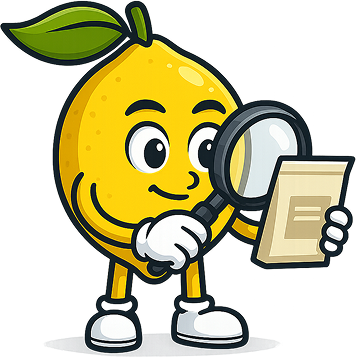
Recent Articles
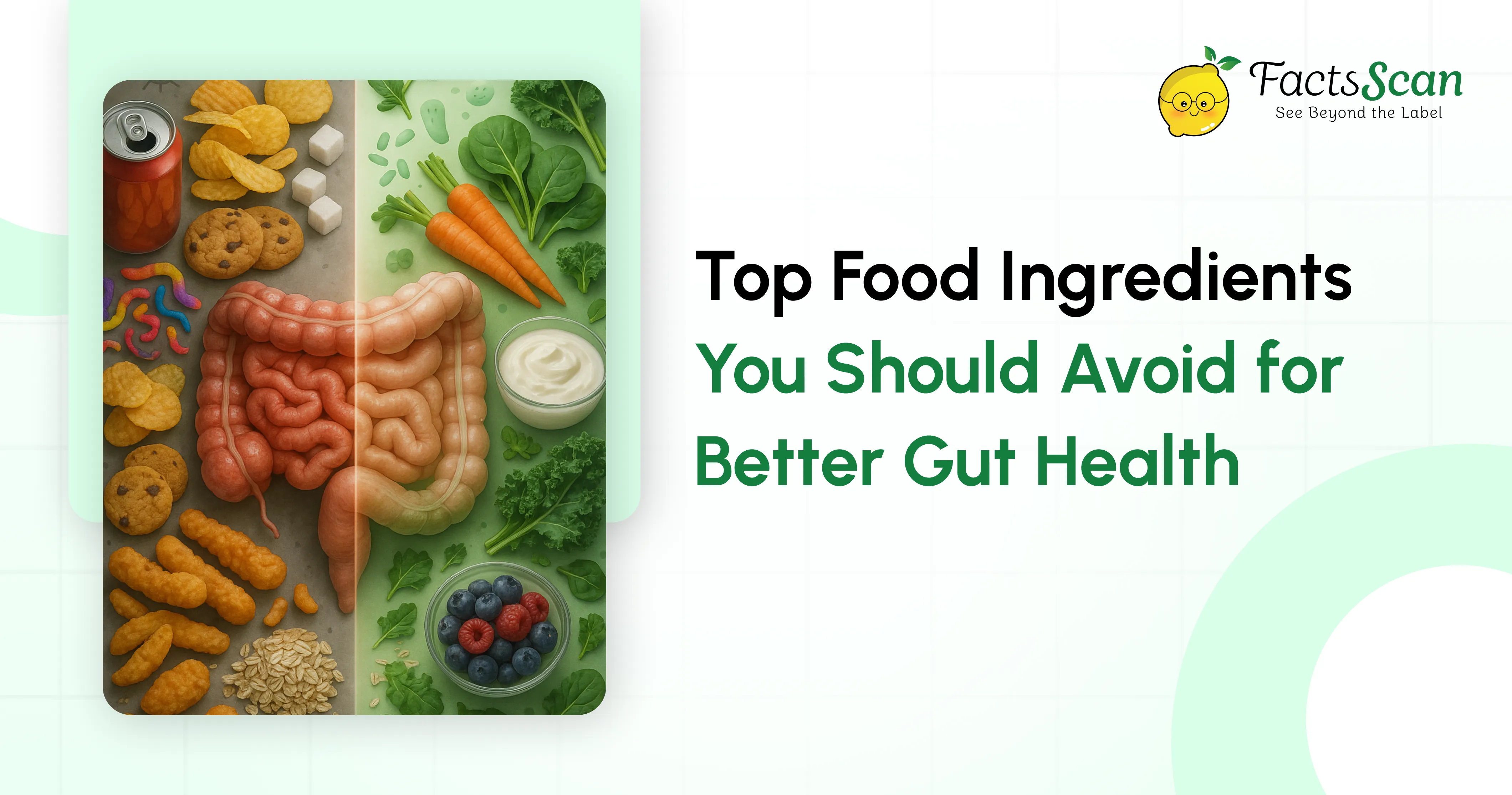
Top Food Ingredients You Should Avoid for Better Gut Health
Your gut microbiome is the foundation of your overall wellness, affecting everything from digestion to immune function. Yet many everyday food ingredients—artificial sweeteners, refined oils, emulsifiers, and preservatives—are slowly damaging this delicate ecosystem. Learn which harmful ingredients to eliminate from your diet and discover healthier alternatives using smart tools to identify nutritious, gut-friendly options that truly support your digestive health and long-term wellbeing.
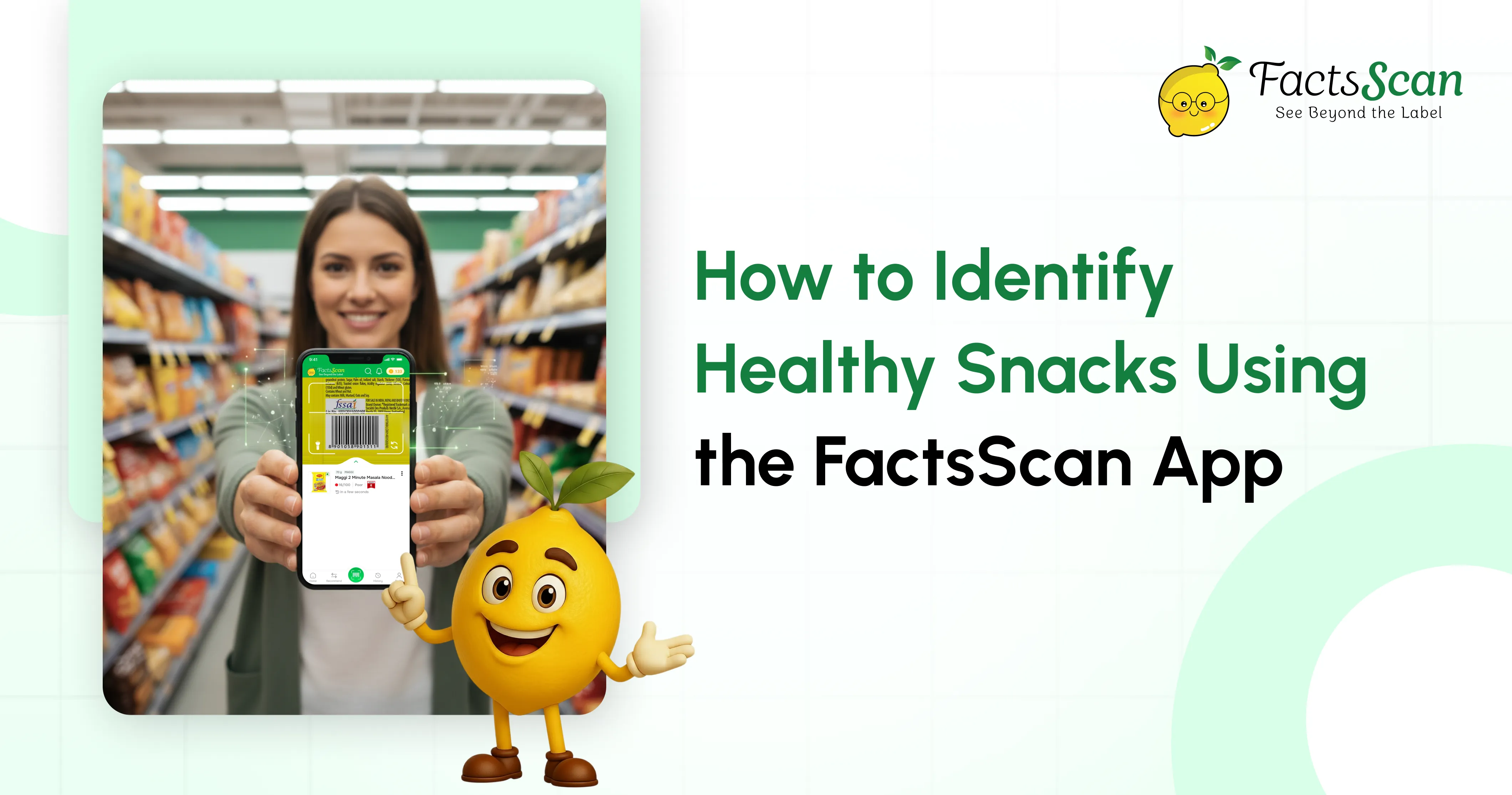
How to Identify Healthy Snacks Using the FactsScan App
Discover how the FactsScan App helps you make smarter snacking choices by instantly analyzing ingredients, nutrition scores, and additives. Learn how this AI-powered tool identifies truly healthy snacks and guides you toward better food decisions with just one scan.

Every Shopper Needs This Game-Changing Product Ingredients Checker App
Tired of confusing food labels and hidden ingredients? This game changing product ingredients checker app helps shoppers instantly scan barcodes to uncover real nutritional facts, health scores, and safer alternatives, making smarter, healthier shopping easier than ever.
 03 Apr 2025
03 Apr 2025 5 Min Read
5 Min Read 







